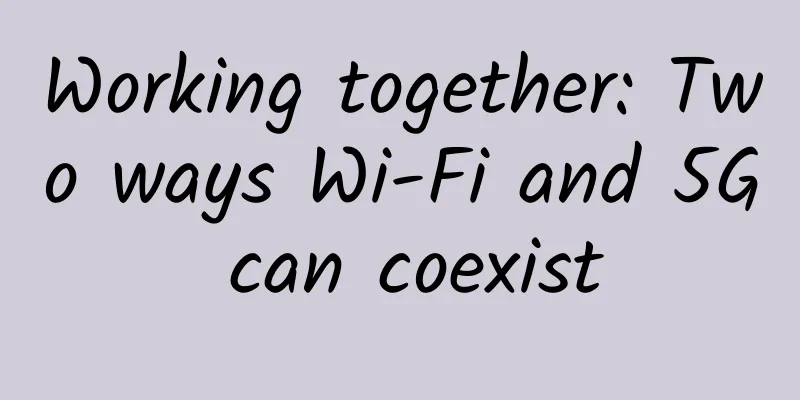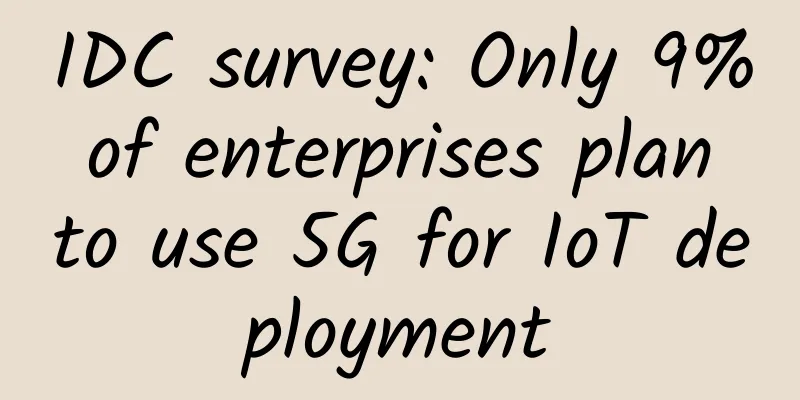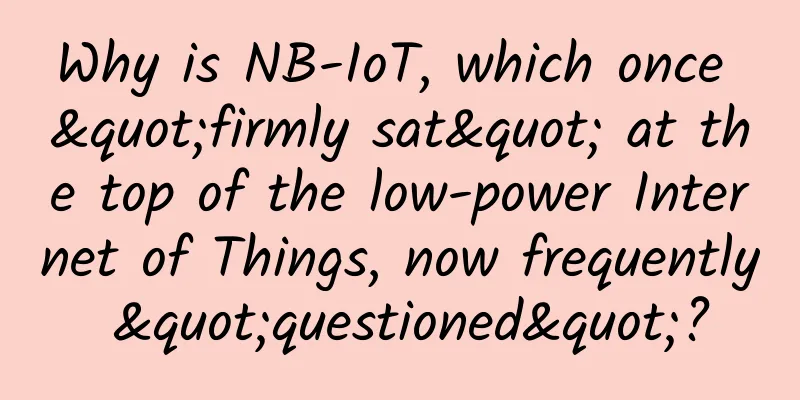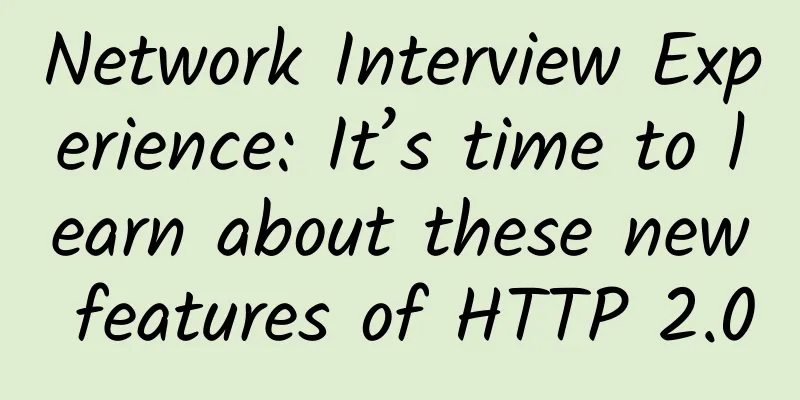Working together: Two ways Wi-Fi and 5G can coexist

|
WBA: Wi-Fi and 5G coexist at the physical layer of the network to provide a " better connection" experience
Bruno Tomas, director of the Wireless Broadband Alliance (WBA), told RCR Wireless News that currently the only way for Wi-Fi and 5G to work together is to coexist. “Today, you don’t have convergence,” he said. “Technically, you can’t say you’re deploying a converged Wi-Fi and 5G network, or even Wi-Fi and LTE. You only have coexistence.” He went on to explain that from a WBA perspective, there are two ways to think about how Wi-Fi and 5G can coexist: coexistence at the network physical layer and what Tomas calls “excellent connectivity” coexistence. Each scenario presents its own challenges. Physical layer coexistence: The first way to think about Wi-Fi and 5G coexistence on a network is to physically use the technologies in both bands. The key here is that each technology must "play well together" and effectively avoid interfering with each other. “For example, when you use 5G NR-U,” Tomas explained, “you’re using the exact same frequency band that Wi-Fi has been using for years. First, they’re going to be in the 6 GHz band, so the 3GPP specifications already include ways for 5G to operate completely independently in this unlicensed band, and there have to be coexistence metrics so that there’s no harmful interference between the two technologies.” To aid this type of coexistence, the WBA is working to develop automated frequency systems and threshold levels for each technology. “At an industry level, we need to reach consensus on these systems and thresholds,” Tomas said. After all, this isn’t all that different from how Wi-Fi and 4G currently coexist, each supporting different use cases. The difference is that Wi-Fi 6 might not be used for cellular offload in large venues or stadiums, as is common today, but could be used for other parts of the venue network, as well as other applications. Excellent connection coexistence: The second approach to achieving coexistence is to focus on developing a method to ensure that when Wi-Fi and cellular connections exist simultaneously, users are always connected to the technology that provides the best , most reliable coverage. We've all been there before: sitting in a coffee shop, or even at home, toggling the Wi-Fi button on and off, trying to figure out which is faster, cellular or Wi-Fi. Tomas sidestepped the conundrum by asking, “If I have overlapping Wi-Fi and 5G coverage or overlapping Wi-Fi and private LTE coverage, where do I connect? If I’m connected to cellular and I go into a venue, what are the good metrics for me to switch and still maintain quality of service and stay consistent with my subscription plan?” In a 5G world, this coexistence and the resulting barriers for users will continue to exist, especially in large venues. The WBA hopes its Wi-Fi Open Roaming service can ease this challenge by automatically letting user devices decide which network to connect to for the best coverage. Tomas explained that the OpenRoaming system allows connectivity providers to go from allowing users’ devices to automatically connect to Wi-Fi networks with downlinks below 5 Mbps to keeping them on cellular networks. |
<<: How to use gdb to accurately locate deadlock problems in multithreading
>>: Several emerging trends in the SD-WAN space
Recommend
RAKsmart: Hot-selling servers start at $46/month, bare metal cloud starts at $69/month, cluster servers start at $160/month
RAKsmart has launched a new month of promotions, ...
The 6th SD-WAN & SASE Conference and Cloud Network Conference 2023 was successfully held
On November 25 , the 2023 6th SD-WAN & SASE C...
RAKsmart: Dedicated server seckill starts from $30/month, Japan/Korea server seckill starts from $59/month
At the beginning of the month, I shared RAKsmart&...
Megalayer: Hong Kong/Philippines/US VPS annual payment starts from 159 yuan, CN2 line optimized bandwidth
Megalayer has been shared several times in the tr...
Secretly reducing 4G network speed to promote 5G? China Mobile responded for the first time, and the operator may have been wronged
Since the promotion of 5G mobile phones and packa...
HostKvm Spring Special Offer: $48/year KVM-4G/40GB/1TB/Hong Kong Data Center
After the Chinese New Year, HostKvm sent a specia...
5G Imagination in the Internet of Vehicles Makes Transportation Smarter
[[351620]] 5G is one of the Internet of Things co...
RackNerd Los Angeles DC02 restock, VPS promotion starts at $9.89 per year
Earlier this month, we shared a summary of RackNe...
Eurocloud's new San Jose high-defense VPS starts at 8 yuan per month, and Hong Kong CN2 starts at 15 yuan per month
The tribe shared information about Olu Cloud once...
Edgevirt: $9/half year-1GB/25GB/5TB/10Gbps bandwidth/Seattle data center
Edgevirt is a foreign hosting company established...
Looking back at the journey of Huawei's ICT ecosystem, I would like to give a thumbs up to the partners who have jointly built a prosperous ecosystem!
In June, although the "Huawei China ICT Ecos...
Hang Seng Bank launches new generation digital financial infrastructure LIGHT
On October 24, the 2020 Hang Seng LIGHT Developer...
2019: 5G takes center stage, changing lives and spreading across industries
Every upgrade of communication technology brings ...
51CTO takes you to the scene of the 2017 Huawei All Connect Conference wonderful photos
[51CTO.com original article] The three-day 2017 H...
Six ways to use fusion positioning technology in one article
In our daily lives, more than 80% of information ...









